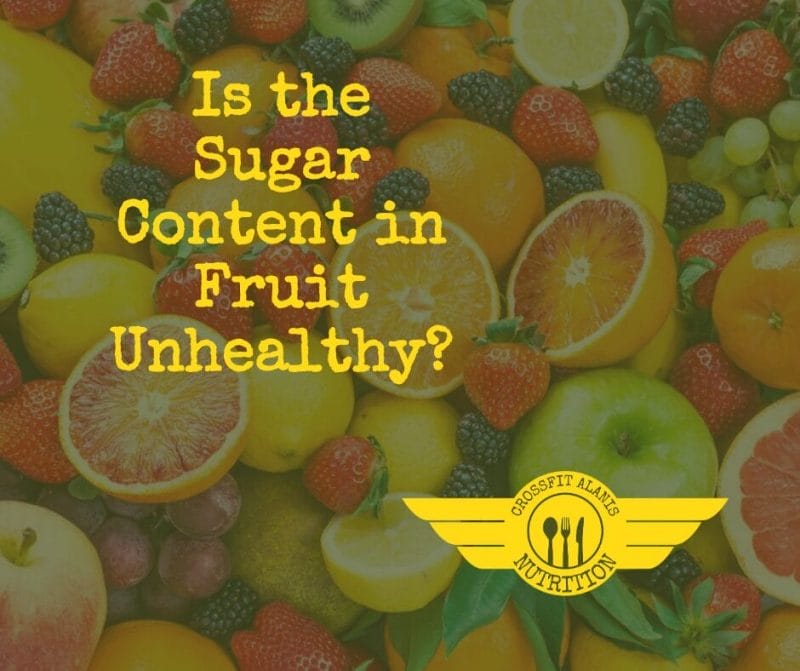Fruits are whole, real and nature’s default healthy foods. They are convenient; easily stored and easily prepared for an easy-to-grab snack or whenever your hunger pangs strike. However, due to the increasing awareness of the dangers of sugar, some people are concerned that the sugar content in fruits makes them unhealthy.
How Much Sugar in Fruit?
Fruit contains both fructose and glucose. So does table sugar and high-fructose corn syrup. Table sugar is near enough 50% glucose and 50% fructose. As HFCS is a manufactured product, the glucose/fructose ratio can vary, but as created for end products such as soft drinks is about 60% fructose and 40% glucose.
Fruits vary greatly between species in their total sugar content and their glucose/fructose ratios. Most of the fruits that are commercially available today have been selectively bred for generations to produce a tastier product, which generally means breeding for increased sugar content and usually reduced fiber content. This can be easily tested if you have access to any heritage species of any fruit – they will invariably be pithier and less sweet than modern types.
Even so, the total sugar in a medium sized orange is about 12 grams while one cup of strawberries has 7 grams. Both fruits may provide you with an average amount of 50 calories and about 3 grams of fiber. Add to that the amount of vitamin C, potassium, folic acid and other vitamins and minerals that you can get from these fruits.
The sugar content of fruit varies markedly – avocado less than 1%, apricots 9%, apples 13%, banana 15%, orange 9% – but at these percentages, consumption will result in feeling full without elevating blood sugar levels. Your body will also have benefitted from an array of critical nutrients.
Sugars in Manufactured Products
On the other hand, one 20-ounce (600 ml) bottle of soda may provide you with 240 calories and 65 grams of total sugar. Unfortunately, a bottle of soda does not contain any nutrients, as its composition is almost entirely sugar and water.
Ingesting this volume of sugar with no buffering from other dietary components such as fiber will spike blood sugar levels, cause an insulin release and a corresponding sugar slump that will trigger a hunger response. In the meantime, the liver will be working overtime to convert the excess energy requirement into body fat.
No Comparison
Fresh fruit has a high sugar content compared to most whole foods and should be a component of a healthy diet. Ideally, fruit should be considered the ‘sweets’ or ‘dessert’ component of that diet. When comparing the health benefits of fruit to processed desserts, soft drinks or other artificial sweets, it’s a no-brainer – fruits win hands-down.
It is also important to note that fruit juices and dried fruits may not be as healthy as whole fruits. Fruit juices do not contain fiber but they can be loaded with added sugar.
Dried fruits are high in sugar content and since their size has been made smaller than the whole natural fruit, it can be easy to consume too much of its higher percentage sugar content.
***Are you ready to take control of your life back? Meet with our Board Certified Holistic Nutritionist to learn more about how we can help you create a nutrition plan that is right for you. Click HERE for your Alanis Nutrition Intro Consultation




